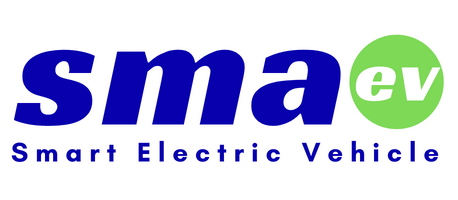Types of charging methods
The article will discuss the different types of charging methods for electric vehicles and what they represent. There are many different types of charging methods such as inductive, conductive, and wireless. Different types of charging may be better suited for different situations or homes depending on their design and capabilities. For example, inductive charging is typically easier to implement in a home environment than a vehicle charging environment. However, inductive charging is more limited in its application because it can only be used with compatible devices.
The IONITY network is the first network in North America to deploy an AMI sensor to monitor the quality of the electric grid. The AMI sensor is an accurate tool that can help utilities identify problems in the electric grid as they arise.
Charging stations
The electric vehicle has been touted as the green savior of the automobile industry. It seems that consumers are slowly coming around to buying these cars, but there are still barriers preventing widespread adoption. One of these barriers is the lack of charging stations available for use by drivers.
Unlike internal combustion engine cars which can refuel on their own, electric vehicles need to be plugged in before they can recharge. In order to overcome this problem, some areas have created a charging network for public and private charging stations. The United States has the largest network of charging stations, with more than 600,000 available by 2022. The network has been steadily growing, and is expanding into rural areas.
Charging on the go
The world is changing. We are all using technology more and more often which often requires charging our devices. With electric cars, you can charge your vehicle by plugging in at home or at charging stations around town. There are three types of charging methods: AC (standard electric outlet), DC (direct current like a car battery), and RF (inductive).Charging takes anywhere from 15 minutes to several hours depending on the electric car’s range and what type of charger is used and advanced charging technology.
Supercharger Stations
Many new electric vehicles on the market today come with an option for a high-speed charging system, and it’s quickly becoming clear that this may be the future of electric vehicle charging. Superchargers are not only faster than other charging options, but they also save drivers with 25 minutes at least off a driver’s trip. When it comes to supercharging, automakers and utility companies are working together to help consumers get the most out of their new vehicles.
The Supercharger Station program is designed to provide drivers with a convenient, secure, easy-to-use supercharging station.
Plugging in at home
The electric vehicle market continues to grow, but the availability of charging stations at home is still not widespread. The three most common types of charging methods are Level 1 (120V), Level 2 (240V), and Level 3 (480V). These different levels refer to the differences in voltage used. Level 1 is the slowest method, while level 3 is the fastest. The Energi@home program is a US Department of Energy initiative to make electric vehicle charging stations more available to consumers at home, especially for plug-in hybrid electric vehicles. The program is a partnership between utilities, electric drive manufacturers, energy service providers, and the consumer.
There are many different types of charging methods for electric vehicles. Whereas charging at home is the simplest, most convenient option for most people, some EV owners may want to know which type of charger is best for their needs. There are station chargers that charge in two hours, fast chargers with capacities up to 150 kW that can charge in 20 minutes, and Tesla’s superchargers which can charge a Tesla with 100kWh battery in 30 minutes or less. In addition to the type of charger, the type of plug is also an important factor. The SAE J1772 is the most common standard for electric vehicle charging. The design of EV charging stations currently in place are compatible with the SAE J1772.





